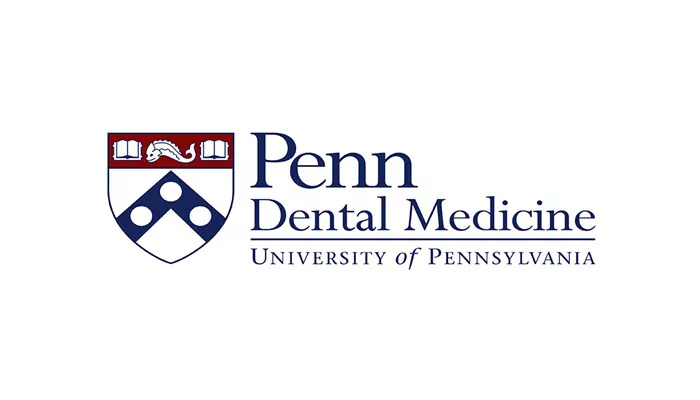PHILADELPHIA, June 10, 2025 — In a groundbreaking move to improve oral and overall health, the American Dental Association (ADA) and Penn Dental Medicine have announced the launch of the ADA Living Guideline Program, the first known initiative of its kind focused solely on oral healthcare.
This collaborative program, developed in partnership with Penn Dental’s Center for Integrative Global Oral Health, will provide dental professionals and patients with frequently updated, evidence-based recommendations. The goal is to improve clinical decision-making and patient care in real time.
“Oral disease affects nearly half the world’s population, and cases are rising faster than population growth,” said Dr. Ashraf Fouad, Chair of the ADA Council on Scientific Affairs and Professor at the University of Alabama at Birmingham School of Dentistry. “This new program will ensure that dentists and other health professionals have the most current and reliable information to improve patient outcomes.”
The program’s first guideline update will focus on evaluating potentially malignant disorders and oral squamous cell carcinoma in the oral cavity—an update to an earlier ADA guideline from 2017. The new recommendation is expected to be published later this year in The Journal of the American Dental Association and on ADA.
A special advisory group, including members from the ADA Council on Scientific Affairs and several other professional and governmental dental organizations, will guide the selection and prioritization of future guideline topics.
Dr. Alonso Carrasco-Labra, Principal Investigator and Associate Professor at Penn Dental Medicine, emphasized that the program builds on the ADA’s past work in guideline development. “We are using artificial intelligence and other emerging technologies to rapidly integrate new scientific findings into both new and existing guidelines,” he said.
Unlike traditional guidelines, which are typically updated every three to five years, living guidelines are revised as soon as new, credible evidence becomes available. This ensures faster dissemination of knowledge to patients, providers, policymakers, and the public.
Each guideline is created by an independent panel of experts. Their role is to provide clear, evidence-informed recommendations that can help both healthcare professionals and patients make more confident decisions about care.
By embracing modern tools and continuous review, the ADA Living Guideline Program aims to transform the pace and quality of evidence-based oral health care in the United States and beyond.

